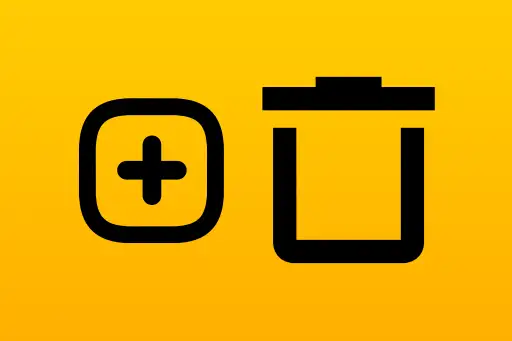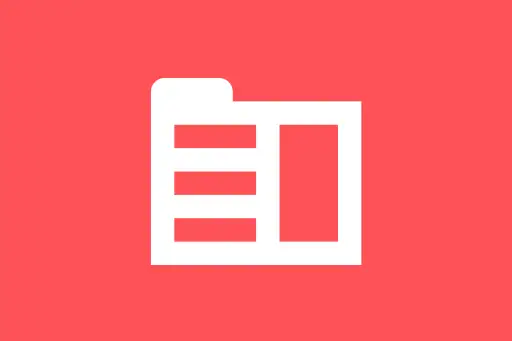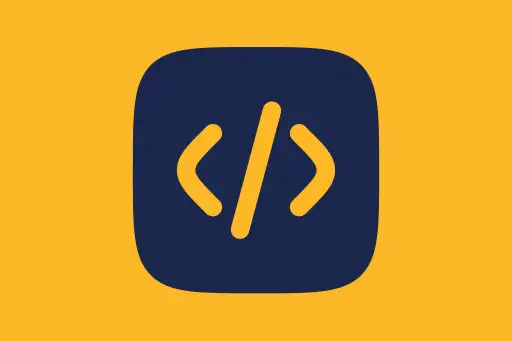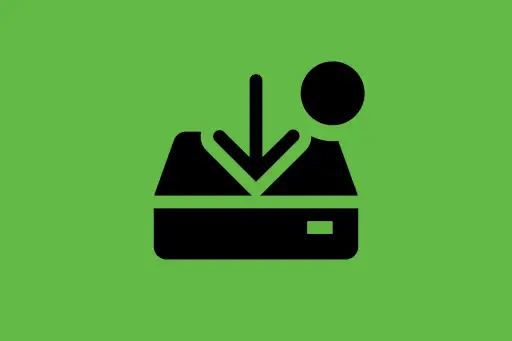Using MongoDB Shell
The MongoDB Shell (mongosh) is an interactive command-line interface where you can connect to your MongoDB server, run queries, and manage your databases. It's one of the fastest ways to interact with MongoDB and is highly recommended for beginners to understand the core operations.
Starting the MongoDB Shell
After installing MongoDB, open your terminal or command prompt and run:
mongoshThis will connect you to the local MongoDB server by default.
Current Mongosh Log ID: 6627c54f3c7f1c9a69c6e98f
Using MongoDB: 7.0.0
Using Mongosh: 2.0.0
test>
Viewing Current Database
When you open mongosh, it connects to the default test database. To check which database you're currently using, type:
dbtest
Switching or Creating a New Database
Use the use command to switch to a different database. If it doesn't exist, MongoDB will create it when you first store data.
use studentDBswitched to db studentDB
Question: What happens if the database doesn't exist yet?
Answer: MongoDB creates it automatically when you insert the first piece of data.
Creating and Inserting Documents into a Collection
To insert data, use insertOne() or insertMany() on a collection. If the collection doesn’t exist, it is automatically created.
db.students.insertOne({
name: "Alice",
age: 22,
department: "Computer Science"
}); {
acknowledged: true,
insertedId: ObjectId("6627c5e93c7f1c9a69c6e993")
}
This command created a new students collection and added one document to it.
Viewing All Documents in a Collection
Use the find() method to display all documents in a collection:
db.students.find() [
{
_id: ObjectId("6627c5e93c7f1c9a69c6e993"),
name: "Alice",
age: 22,
department: "Computer Science"
}
]
Question: What is _id?
Answer: MongoDB automatically assigns a unique _id to every document as its primary key.
Inserting Multiple Documents
Insert several records at once with insertMany():
db.students.insertMany([
{ name: "Bob", age: 24, department: "Physics" },
{ name: "Charlie", age: 23, department: "Math" }
]); {
acknowledged: true,
insertedIds: {
'0': ObjectId("..."),
'1': ObjectId("...")
}
}
Finding Documents with Filters
To search for specific documents, pass a query object to find():
db.students.find({ department: "Physics" }) [
{
_id: ObjectId("..."),
name: "Bob",
age: 24,
department: "Physics"
}
]
Other Useful MongoDB Shell Commands
show dbs– Lists all databasesshow collections– Lists all collections in the current DBdb.dropDatabase()– Deletes the current databasedb.collection.drop()– Deletes a specific collection
Summary
The MongoDB Shell gives you complete control over your database via command-line. You learned how to start the shell, switch databases, create collections, insert and query documents.











Comments
Loading comments...